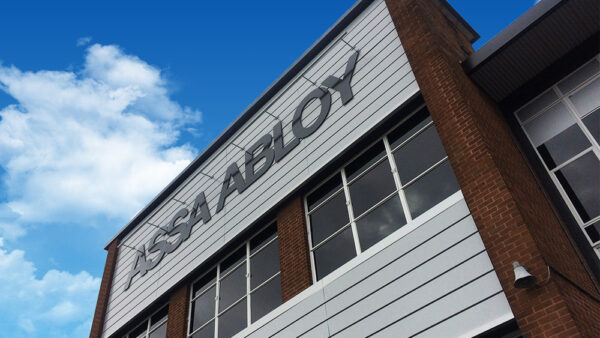
A comprehensively revised Code of Practice for the selection of building hardware for fire-resisting and escape door assemblies and doorsets has been published by The Guild of Architectural Ironmongers (GAI) and the Door & Hardware Federation (DHF).
This new edition, issue No. 5, is the first revision in more than a decade, and represents a significant update and consolidation of previous guidelines to reflect the very latest legislative requirements and best practices in the industry.
It provides an essential reference and resource for a broad spectrum of construction industry professionals including architects, building control officers, fire officers, responsible persons, duty holders, manufacturers, specifiers, and suppliers of building hardware and fire doors.
GAI technical manager Douglas Masterson said: “The primary goal of this Code of Practice is to ensure that key stakeholders throughout the construction industry have access to the most current and comprehensive advice on selecting hardware that meets the stringent requirements for fire safety and escape routes.
“While the Code is advisory, it is designed to provide robust guidance that aligns with the latest legal standards.
“While compliance with the Code does not confer immunity from legal, local authority or insurance requirements, it will significantly enhance the safety and reliability of fire-resisting and escape door assemblies.”
Wide range of revisions
The Code addresses a wide range of legislative requirements, including:
• Construction Products Regulations in both the EU and UK.
• Building Regulations throughout the UK and Ireland, including the Building Regulations 2010 (England & Wales), Building (Scotland) Regulations 2004, Building Regulations (Northern Ireland) 2012, and Building Regulations 1997-2021 (Ireland).
• Workplace Fire Safety Legislation across the UK and Ireland, such as the Regulatory Reform (Fire Safety) Order 2005.
• Equality Legislation applicable in Great Britain, Northern Ireland, and the Republic of Ireland.
Additionally, the Code considers third-party certification schemes and declarations of conformity with relevant standards, ensuring that the guidance provided is both comprehensive and up to date.
The Code applies to building hardware used on timber fire doors with up to two hours of fire resistance and steel fire doors with up to four hours of fire resistance.
The hardware items covered are categorised into essential items necessary for the successful operation of the doors (such as pivots and hinges, door closing devices, latch or locks, intumescent and smoke seals, and panic bolts), and optional (non-essential) items that could potentially cause door failure if not properly selected or installed.
As a part of this revision there are several new sections relating to electric locking and access control, which are of increasing importance in the world of building hardware.
Issue 5 of the Code replaces the previous issue 4, as well as all previous codes of practice published by both the Association of Building Hardware Manufacturers (now DHF) and the Guild of Architectural Ironmongers, all of which have been withdrawn to ensure that professionals are working with the most current and relevant information.
DHF general manager Michael Skelding said: “This revision is the result of more than two years work by the teams at the DHF and GAI in conjunction with technical specialists at the leading companies in our industry.
“The result should be seen as an essential reference document for anyone involved in the selection, installation and testing of building hardware and furniture for fire and escape doors.”
Code of Practice: Hardware for Fire and Escape Doors edition 5 can be downloaded for free at www.firecode.org.uk








